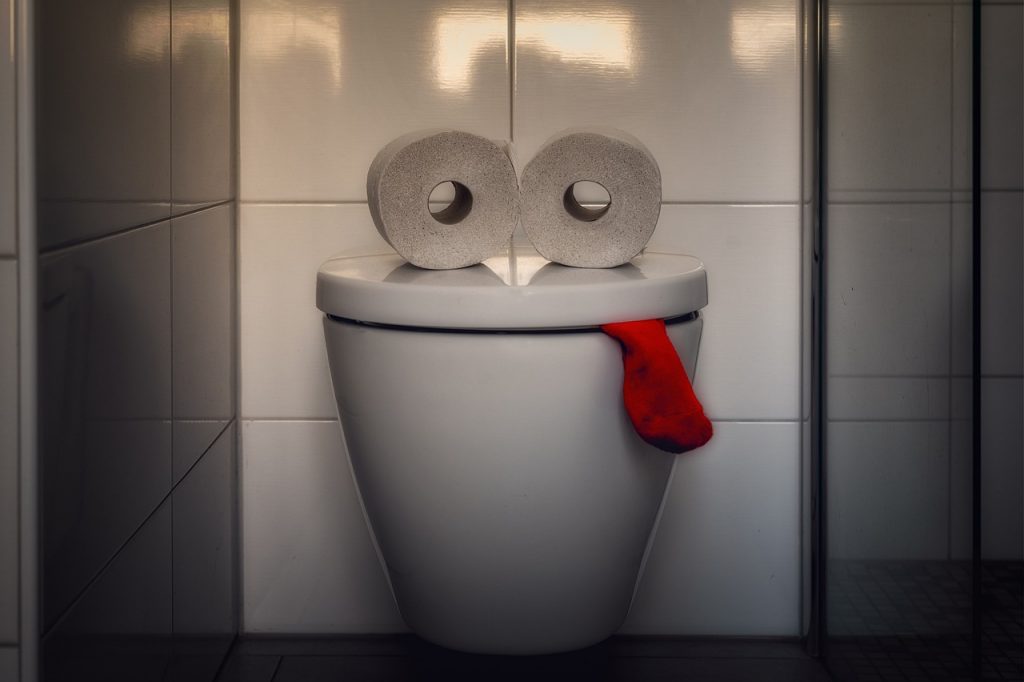Simple way to reduce injuries and pelvic floor strain when running
I enjoy running, it’s convenient, needs minimal kit and offers me great mental and physical benefits. However, I’m mindful that high impact when running can risk overuse injuries like shin splints, knee pain, stress fractures, and can overload our pelvic floor leading to problems like stress incontinence (which can affect men as well as women). […]
Simple way to reduce injuries and pelvic floor strain when running Read More »



